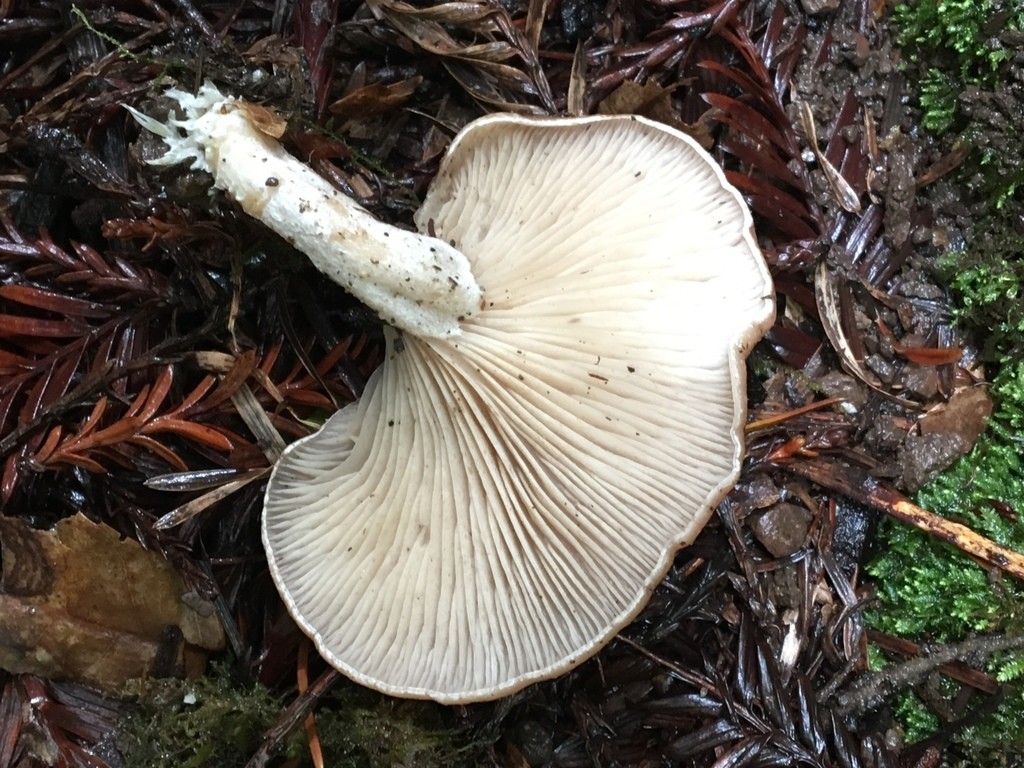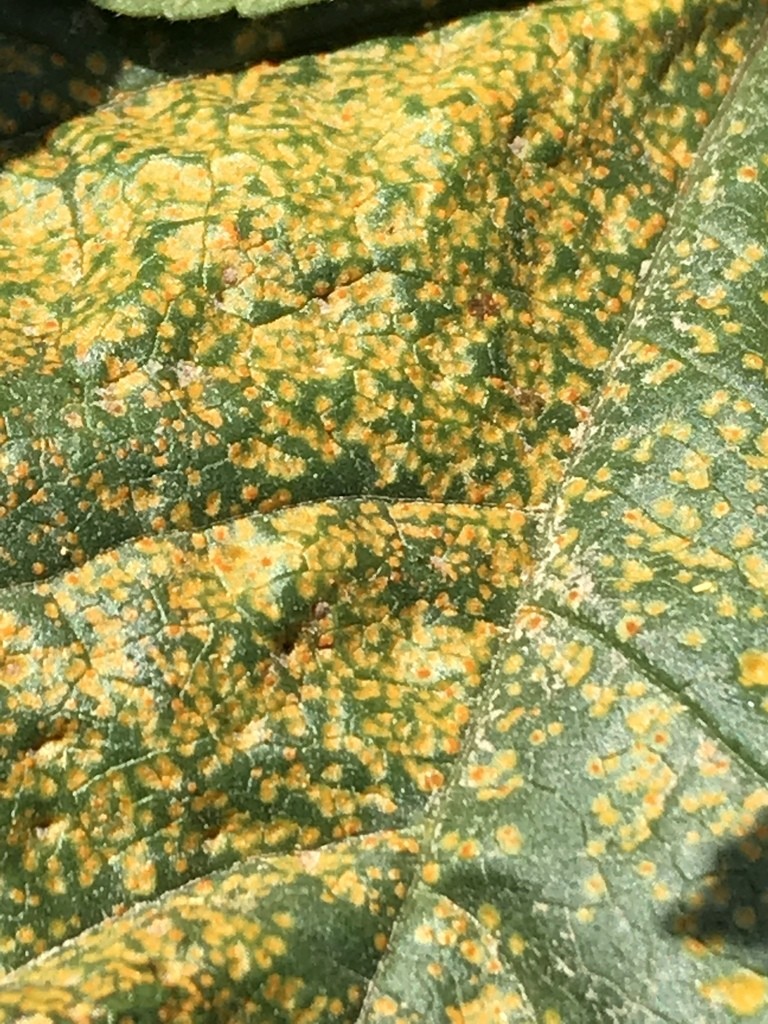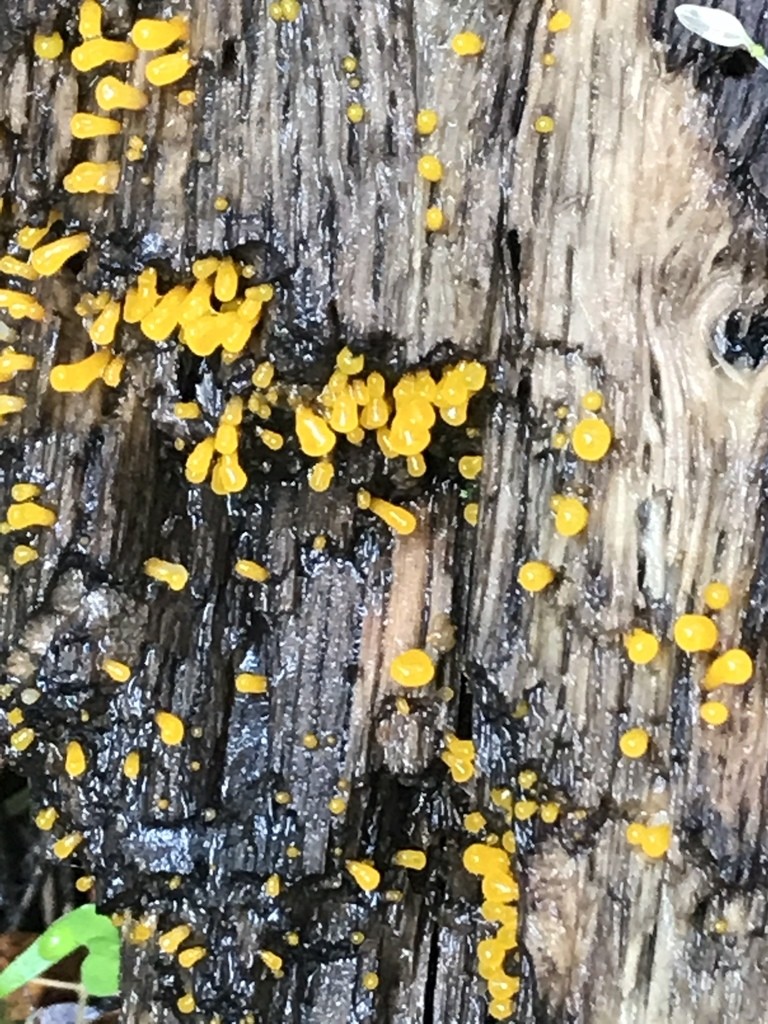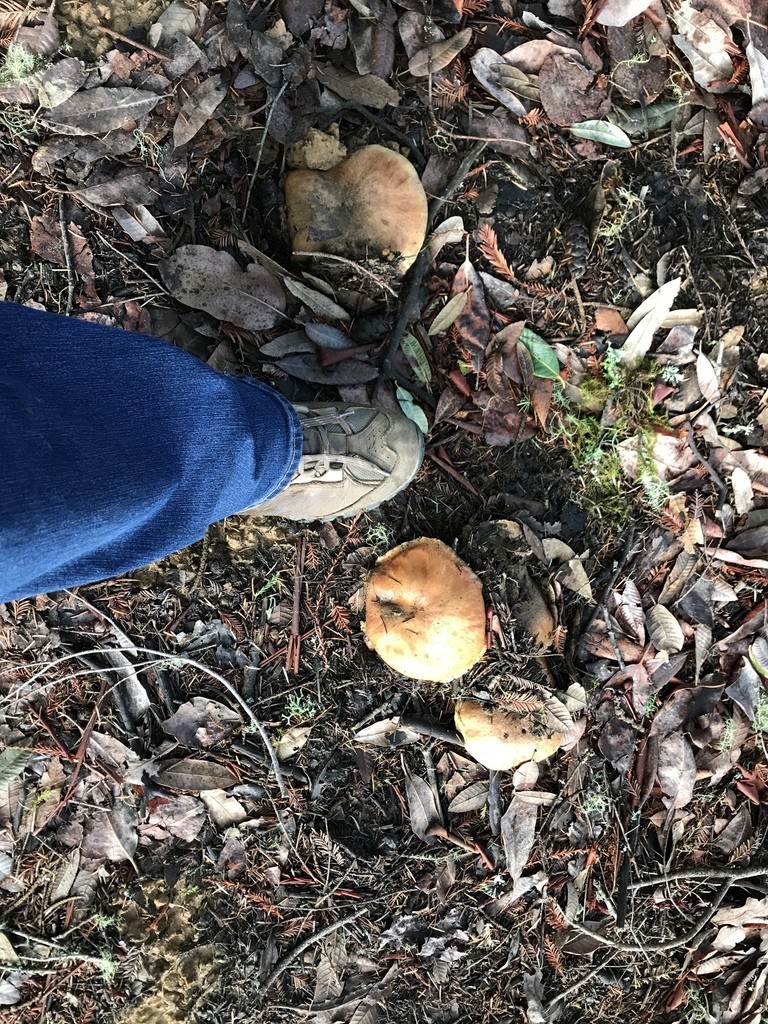Club fungi
Scientific name: Basidiomycota
Club fungi
Scientific name: Basidiomycota
 Photo By Liam O'Brien , used under CC-BY-4.0 /Cropped and compressed from original
Photo By Liam O'Brien , used under CC-BY-4.0 /Cropped and compressed from original Description
Club fungi are a diverse group of fungi, not plants, characterized by their spore-producing structures called basidia. These fungi commonly appear as mushrooms, puffballs, or shelf fungi. Their typically intricate, often brightly colored fruiting bodies are critical for reproductive success, thriving in moist, organic-rich environments. Club fungi's ability to decompose wood and leaf litter fundamentally recycles nutrients, supporting various ecosystems.
Species of Club fungi
Scientific Classification
Phylum
Club fungi 

